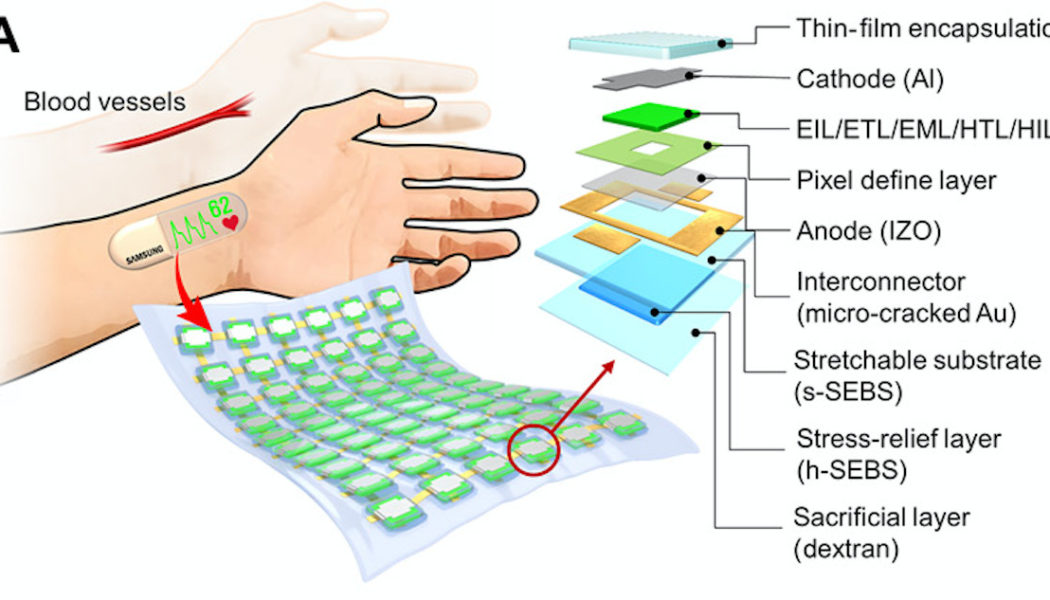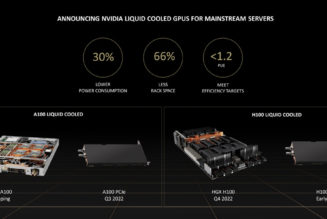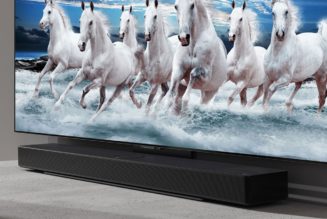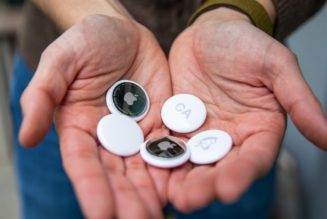We’ve had curved displays for a while now, but what about stretchy ones? Samsung says it’s making progress building screens “that can be stretched in all directions like rubber bands,” and that the first applications for this material could be in building flexible health tech.
The company’s researchers recently created an OLED display that can be stretched by up to 30 percent while operating as normal. As a proof of concept, engineers integrated this display into a stretchable heart rate monitor that can be stuck onto the skin like a Band-Aid.
“The strength of this technology is that it allows you to measure your biometric data for a longer period without having to remove the solution when you sleep or exercise, since the patch feels like part of your skin,” Samsung’s Youngjun Yun said of the prototype technology in a press statement. “You can also check your biometric data right away on the screen without having to transfer it to an external device.”
:no_upscale()/cdn.vox-cdn.com/uploads/chorus_asset/file/22642438/Screen_Shot_2021_06_07_at_2.48.03_PM.png)
The display is rudimentary, but it worked as normal after being stretched 1,000 times, say Samsung’s engineers. The design of the heart rate monitor, sitting flush to the patient’s skin, allowed it to pick up a signal 2.4 times stronger than an ordinary sensor.
Although the technology is only in the early stages of development, Samsung suggests it could be used to support an array of health-monitoring systems in the future. “The technology can also be expanded to use in wearable healthcare products for adults, children and infants, as well as patients with certain diseases,” says Yun.
Details of the research have been published in the journal Science Advances.
:no_upscale()/cdn.vox-cdn.com/uploads/chorus_asset/file/22642437/Screen_Shot_2021_06_07_at_2.47.50_PM.png)
The display can be stretched because it’s built from a specially designed flexible material known as elastomer. This elastomer has been treated to resist the heat of the integrated electronics by Samsung’s engineers and has a particular grid-like “island” structure.
The islands of elastomer are implanted with individual OLED pixels and are stiffer than the surrounding channels, while flexible electrodes are used to conduct the electricity. This bipartite structure allows “the spaces and wiring electrodes between the pixels to stretch and shrink without the OLED pixels themselves becoming deformed,” says Yun.
Don’t expect to see a new Stretchable Samsung Galaxy anytime soon (though the concept would fit nicely with theories of an expanding universe), as the screens built from this technology are too basic to be used for anything other than simple monitors. But in the future, tech like this could create wearable gadgets that are less rigid and more comfortable.
If you’re interested in reading up on more of the science behind stretchable screens, IEEE Spectrum has a nice report on the topic from last year.










